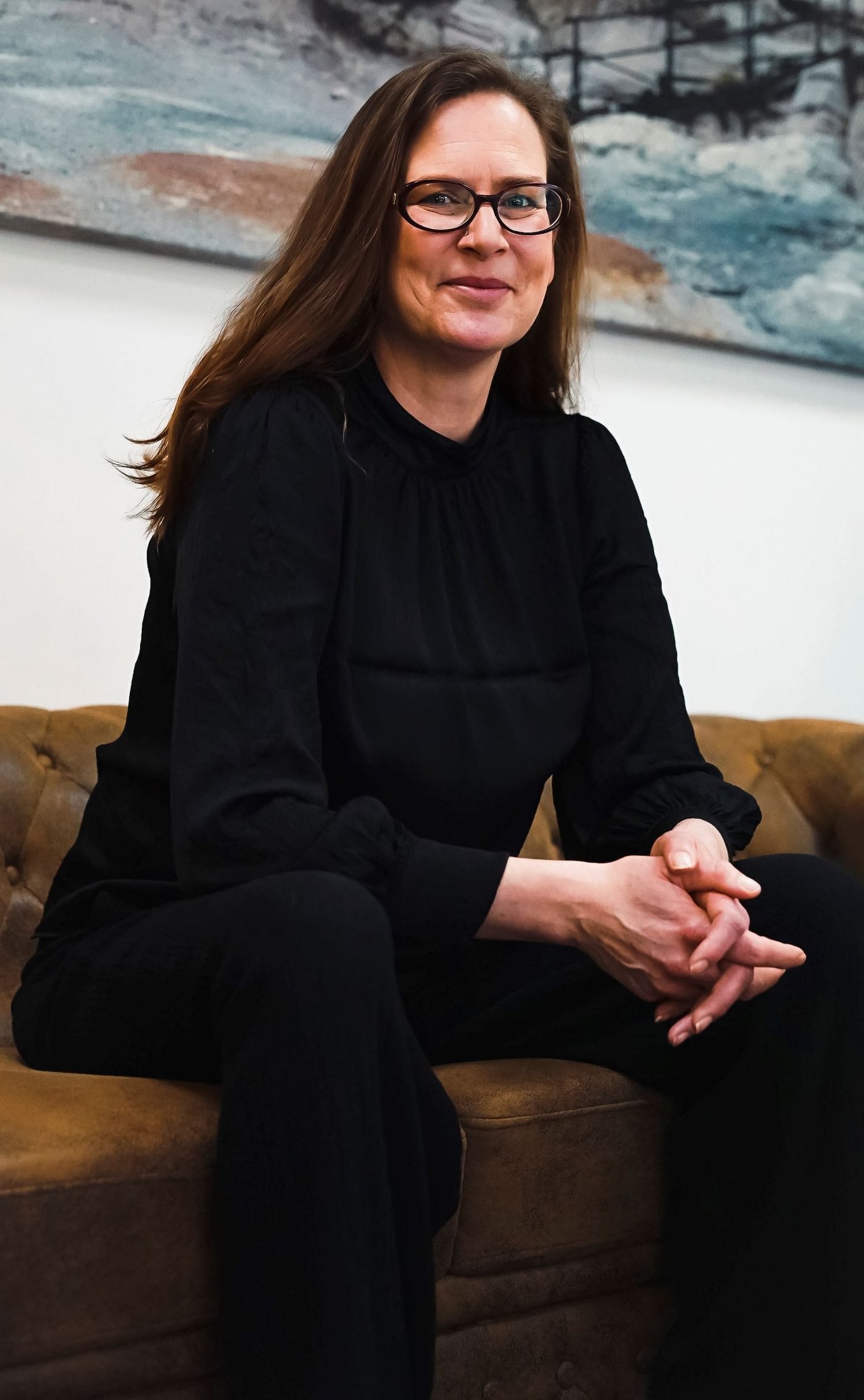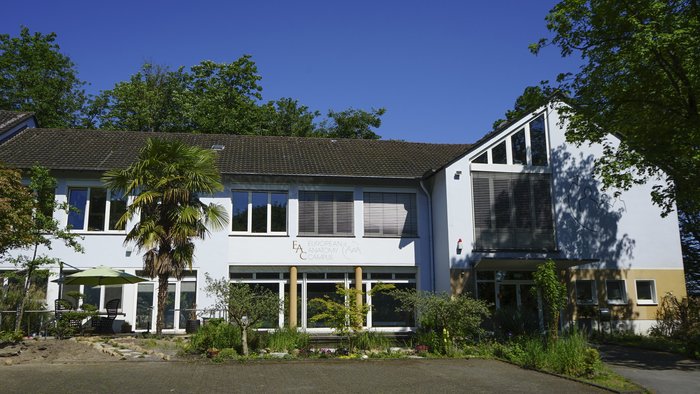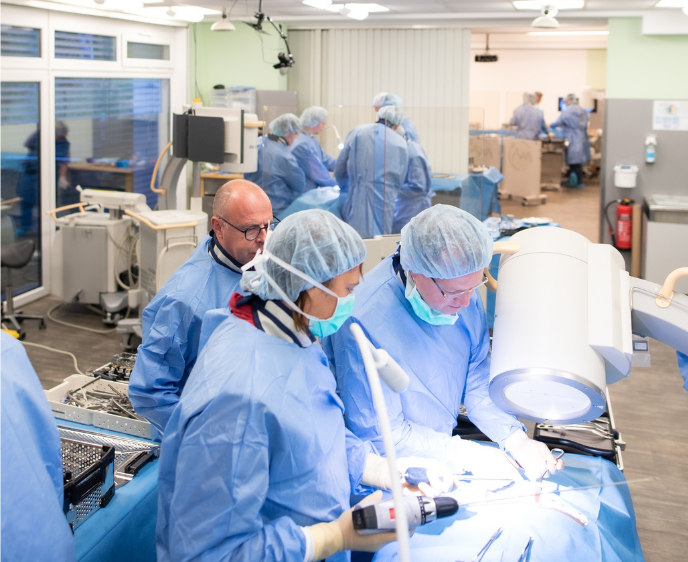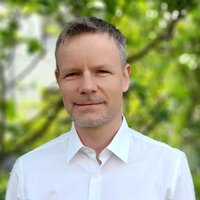Surgeons have to make precise incisions, position implants correctly and work together efficiently as a team. They train this at the European Anatomy Campus in Mülheim - under realistic conditions using body donations. Founder Yvonne Hubert explains what role sustainability plays in this.

Ms Hubert, the business model of the European Anatomy Campus sounds unique: doctors can train with you on human specimens for operations. The body donations come from people whose last wish was to make themselves available to medicine. How did the idea come about?
Yvonne Hubert: When I founded the company in 2011, there was nothing like this in Germany. We were probably the first private training institute in Europe to offer medical workshops with human preparations. The idea came to me during my previous professional activity, when I supported surgical courses at universities. Did you already have your own company then?
No, not at that time. At some point, a prosthesis manufacturer asked us if we could run such courses exclusively for him to ensure the quality of the operations. After all, many good prostheses have already disappeared from the market because they were implanted incorrectly. We said: Sure, let's try it out - and we started.
Why?
The entire business model is based on the fact that I love meeting customer requirements, minimizing costs and optimizing processes. In 2009, I was so overworked that I was forced to think about my own issues. I thought: Why do we always bring the OR to the patient? Nobody does that in the real world either. In addition, a fixed venue can also be designed in such a way that the course participants have more opportunities to relax and network - a counterbalance to the intensive surgical training. We also had high transportation costs. I thought that we could also invest these in room rental, wages and salaries. So I started looking for my own property and wrote a business plan.
You finally found it in Mülheim an der Ruhr: a huge plot of land in the countryside, but still centrally located in the Rhine-Ruhr metropolitan region.
When I discovered the site in 2011, I went straight to the bank and presented my idea. With their financing and support from the local business development agency, I was able to rent the property. Today, the central location and connection to infrastructure in the metropolitan region is paying off: 90 percent of our customers come from abroad.
Why do doctors from all over the world come to Mülheim for further training at the operating table? Are there no digital tools for this?
Robots and AI help, but so far nothing can replace human feeling in this sensitive area. A doctor has to feel what an incision in the tissue feels like, what the bone of a patient with osteoporosis feels like. Even teamwork in the operating room cannot be replaced by virtual learning. In addition, there are always new implants: All of this is best learned at the operating table.
Learning in person means many kilometers of travel for your course participants. Can European customers also travel sustainably?
Of course. As far as possible, the doctors travel by train or car. E-cars are a big trend among our participants. Even bicycles or shuttle buses are common. Doctors are very environmentally and cost-conscious.
You need equipment, space and energy for your business model. When did you start thinking about sustainability or biodiversity?
Very early on. It started with our 5,800-square-metre property: when we took it over in 2011, it was pretty well maintained but not used. Among other things, we discovered slow worms, grass snakes and stag beetles - the latter are on the Red List. From the outset, we therefore made sure that the site was designed in a natural way and that dead wood, for example, was not cleared away. Another example is the lighting: we switched to energy-efficient lighting in the seminar rooms and the dissection room at an early stage. We have also banned disposable materials as far as possible. However, I have only been able to tackle other issues since I became the owner of the building.
Because it wouldn't have been worth it as a tenant?
Yes, ownership is often a prerequisite for sustainable investments. For example, we want to put a floor on the house and build photovoltaics on the roof. Bureaucracy is slowing us down here, the application has been with the building authorities for a long time. I'm currently dreaming of a heat pump to replace our old heating system.
What bureaucracy is specifically holding you back with the PV system?
We are still waiting for planning permission. As soon as we get that, we'd like to get started. Our customers are also waiting for the resulting capacities.
Land is an important aspect of sustainable transformation: Were there alternative areas in the existing housing estate that you could have acquired in order to avoid taking up new land and sealing it?
We deliberately opted for a site that is surrounded by a lot of forest and greenery - also in view of the fact that our guests need to feel comfortable here. Climate-friendly land use is important to us. The only sealed areas are those that are required by building regulations anyway: Access road and parking lot area. And even here, we want to work on improving the current situation - for example by unsealing or applying a non-heating coating.
Investing in sustainability requires capital. Do you have no problem getting this from your bank?
Unfortunately, it's not always that easy. I've experienced a lot of restrictiveness from banks - even when it comes to investing in sustainability. We initially had problems explaining our business model and had to change our bank. It was all about the financing and the decision-making budget. After dividing the property, we were able to adapt the framework conditions to the bank's requirements and finance with two new partner banks.
What role did sustainability aspects play for the financing banks?
Nobody was interested in sustainability in this context. It was all about the belief in my person and the business model. With the support of the Mülheim Economic Development Agency, we were ultimately able to generate funding. We created jobs for this, which we also want to fill.
How and by when do you ultimately want to become fully sustainable?
There are several issues that we have already addressed and some that we are currently tackling. Electricity consumption causes emissions. We have already been able to reduce this significantly by replacing the light sources - we now use LEDs - and splitting up the power circuits: instead of 42,000 kw/h, we are now at 35,000 kw/h per year. Our biggest energy guzzler is cooling: we need a cooling chamber for the body donations. Hence the plan for a PV system on the roof. But if we're going to put it on the roof, I also want to extend the attic and renovate and insulate the roof.
That makes things more complex.
Exactly, and that's also the reason why planning permission is taking so long. We submitted the application back in 2022 and the city is very cooperative, but there are a lot of questions to be answered and evidence to be provided. At the same time, we are in the process of purchasing wall boxes so that our guests can charge their e-cars at our hotel.
In addition to electricity consumption, heating is an emissions issue. How do you currently heat and what are your transformation plans?
The building covers a total of 640 square meters and is heated with an oil heating system from the 1980s. We currently consume 10,000 to 13,000 liters per year. To reduce emissions, we switch off the oil heating in the warmer months from April onwards. The 700-liter water tank is then heated with electricity when needed. In the next step, we want to install instantaneous water heaters in the kitchen and bathrooms to save even more heating energy. And, of course, the plan is to switch to a heat pump. I'm currently pushing ahead with that - the sooner it works, the better.
Is sustainability a plus for a training institute in terms of retaining customers and attracting new ones?
Definitely. As a small company with 12 employees, we are not obliged to report ourselves. But we do provide training on behalf of listed medical technology groups. Sustainability aspects are essential for them. Every year, we therefore have to answer questionnaires about what we are doing to conserve resources, for example. However, I also see sustainability as a unique selling point for us that secures us customers and employees. Anyone who notices that social standards and ecological sustainability are important at a location will be happy to come back for the next training course.
About the company
The European Anatomy Campus in Mülheim an der Ruhr is a medical training institute. It offers seminar rooms and a dissection room for realistic anatomy and surgical training. The target group is not only surgeons, orthopaedists and other doctors, but also physiotherapists, osteopaths and alternative practitioners. In addition to the organization, the service also includes the preparation of the body donations that are used.


